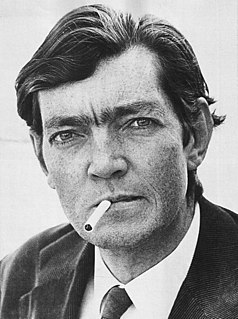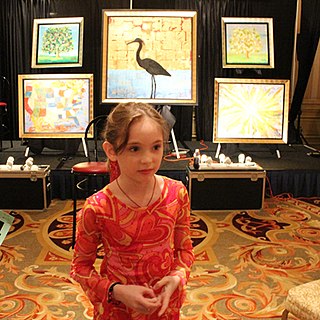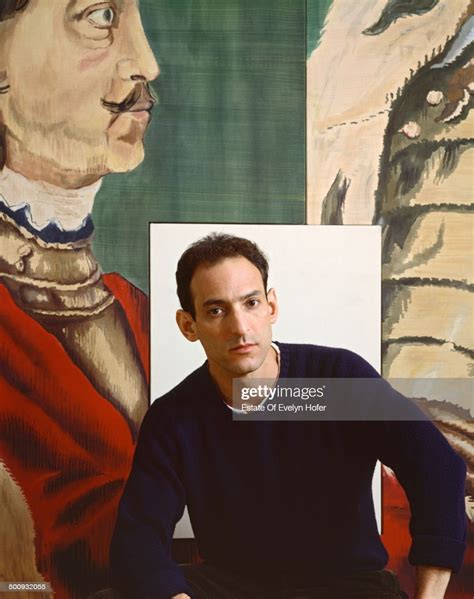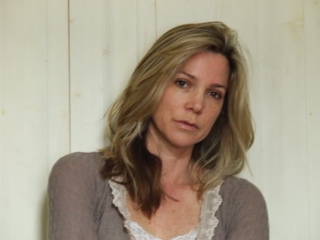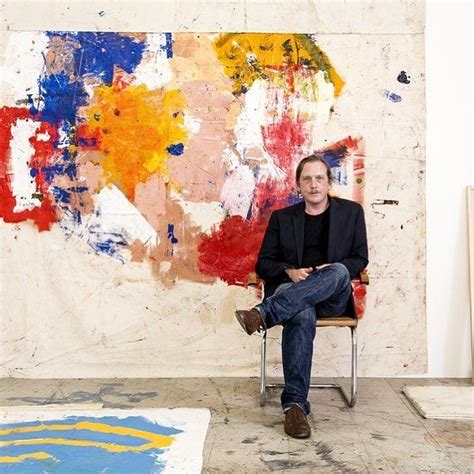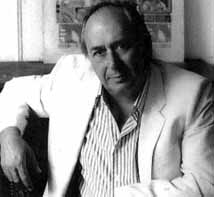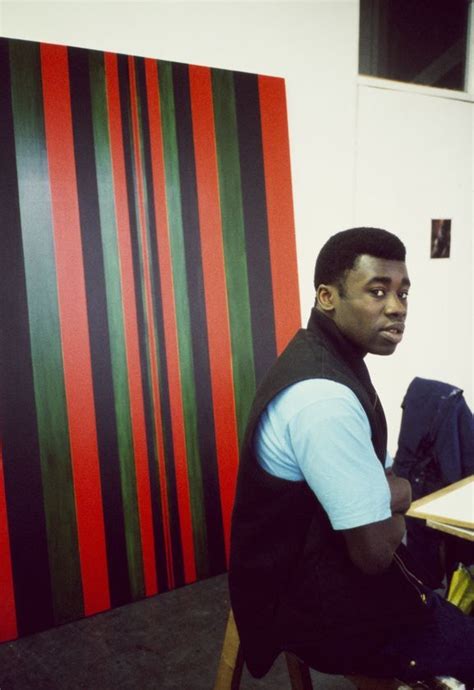A Quote by Julio Cortazar
You're like a witness. You're the one who goes to the museum and looks at the paintings. I mean the paintings are there and you're in the museum too, near and far away at the same time. I'm a painting. Rocamadour is a painting. Etienne is a painting, this room is a painting. You think that you're in the room but you're not. You're looking at the room, you're not in the room.
Related Quotes
Usually when I'm painting something it takes a lot of focus. I have the room I go into called the white room. In my imagination when I'm really focused I go into that white room and all that's there is me, my painting, and my tools. There's no distraction. When I'm really concentrated I like to have it silent but when I'm doing something that doesn't have to be necessarily perfect, I can just go for it.
I think a good painting or a good work of art does many things it wants, I mean, maybe 15 or 20 or 100. One of the things a painting does is to make the room look better. It improves the wall that it's on. Which is much harder than it looks. And that's a good thing. And if one engages with a painting on that level, that's fine, that's great. After some time, familiarity, the other things that a painting does, the other layers, they just start to make themselves felt.
You have bits of canvas that are unpainted and you have these thick stretcher bars. So you see that a painting is an object; that it's not a window into something - you're not looking at a landscape, you're not looking at a portrait, but you're looking at a painting. It's basically: A painting is a painting is a painting. And it's what Frank Stella said famously: What you see is what you see.
Look at the paintings of Picasso. He is a great painter, but just a subjective artist. Looking at his paintings, you will start feeling sick, dizzy, something going berserk in your mind. You cannot go on looking at Picasso's painting long enough. You would like to get away, because the painting has not come from a silent being. It has come from a chaos. It is a by product of a nightmare. But ninety-nine percent art belongs to that category.
I think, at the L.A. County Museum of Art, I saw my first example of Kerry James Marshall, who had a very sort of heroic, oversized painting of black men in a barbershop. But it was painted on the same level and with the same urgency that you would see in a grand-scale [Anthony] van Dyck or [Diego] Velazquez. The composition was classically informed; the painting technique was masterful. And it was something that really inspired me because, you know, these were images of young, black men in painting on the museum walls of one of the more sanctified and sacred institutions in Los Angeles.
My room is dominated by the huge painting, which is a copy of 'The Violation' by the Belgian surrealist Paul Delvaux. The original was destroyed during the Blitz in 1940, and I commissioned an artist I know, Brigid Marlin, to make a copy from a photograph. I never stop looking at this painting and its mysterious and beautiful women.
When I was painting in art school - and I think many painters in the 1980s worked similarly - a finished painting would often be constructed from lots of other paintings underneath. Some of these individual layers of painting were better than others, but that was something that you would often only realise retrospectively.
A window looks outside, but a painting should do the opposite - it should look inside of us. When I put them in the middle of the room, I attach the paintings at the top to the ceiling and on the bottom to the floor. I prefer this to just hanging them from the ceiling because it creates a place in a space, like a wall.
